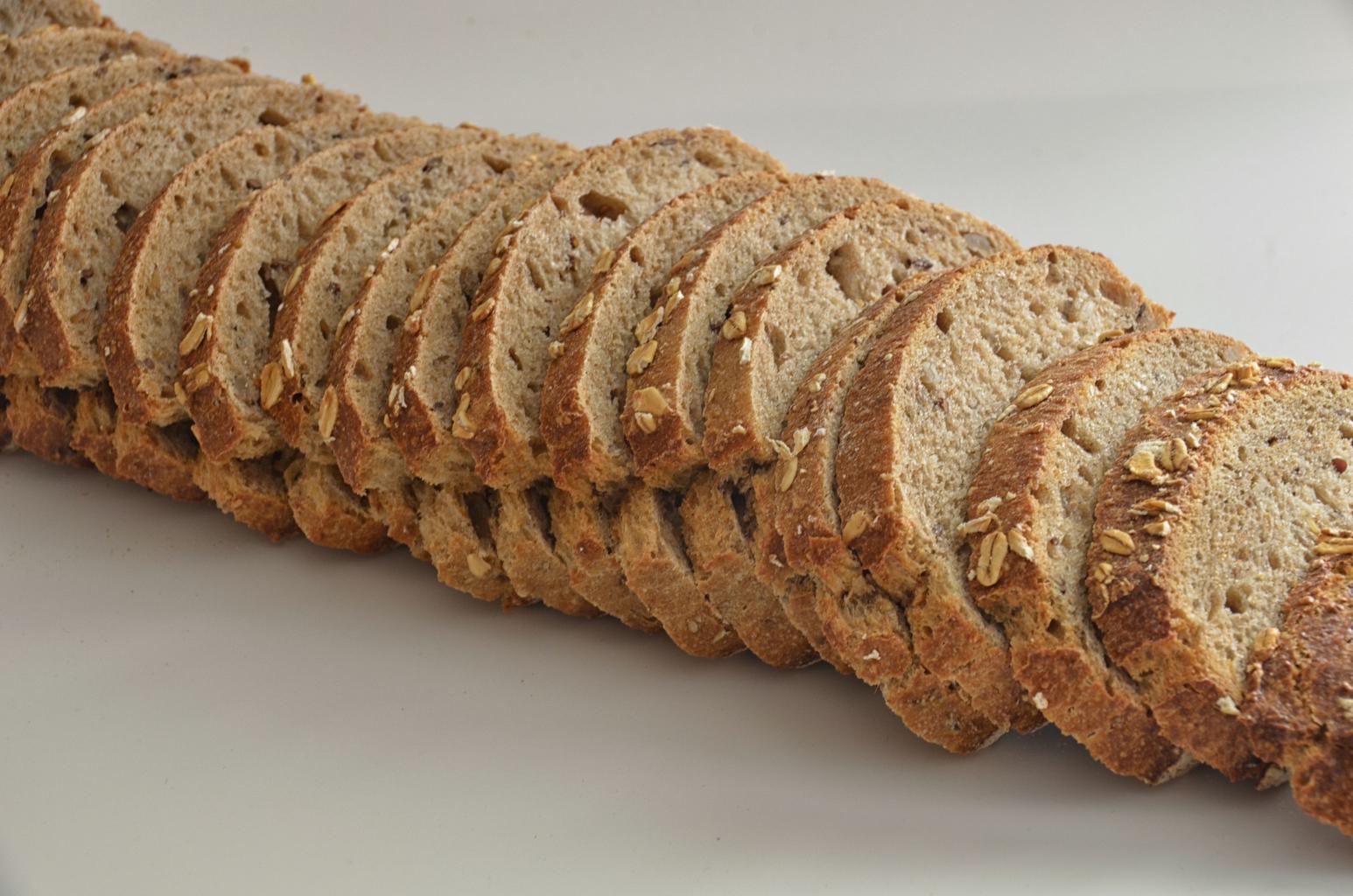How to Scale Only Numeric Columns in R
How to Scale Only Numeric Columns in R, To scale only the numeric columns in a data frame in R, use the dplyr package’s following syntax. Best Books to learn Tensorflow – Data Science Tutorials library(dplyr) df %>% mutate(across(where(is.numeric), scale)) How to actually use this function is demonstrated in the example that follows. Use dplyr…















